In the heart of Shiwan, one of Southern China’s most storied ceramic capitals, the No. 7 Ceramic Art Research Base by Atelier cnS stands as a contemporary homage to centuries of craftsmanship. The project is a creative fusion of heritage, nature, and innovation, transforming a once-deteriorated industrial area into a thriving cultural and artistic landmark. Surrounded by the picturesque Dawu and Xiaowu Hills, and lying alongside the Dongping River and Tanzhou Waterway, the base reflects the deep connection between Shiwan’s natural landscape and its enduring ceramic legacy.
The site’s mission goes beyond architecture—it serves as a bridge between tradition and modern creativity, offering spaces for international youth communities, artists, and ceramic masters. The development integrates art workshops, parks, exhibition spaces, and creative incubators, embodying the dynamic coexistence of culture, commerce, and the environment.
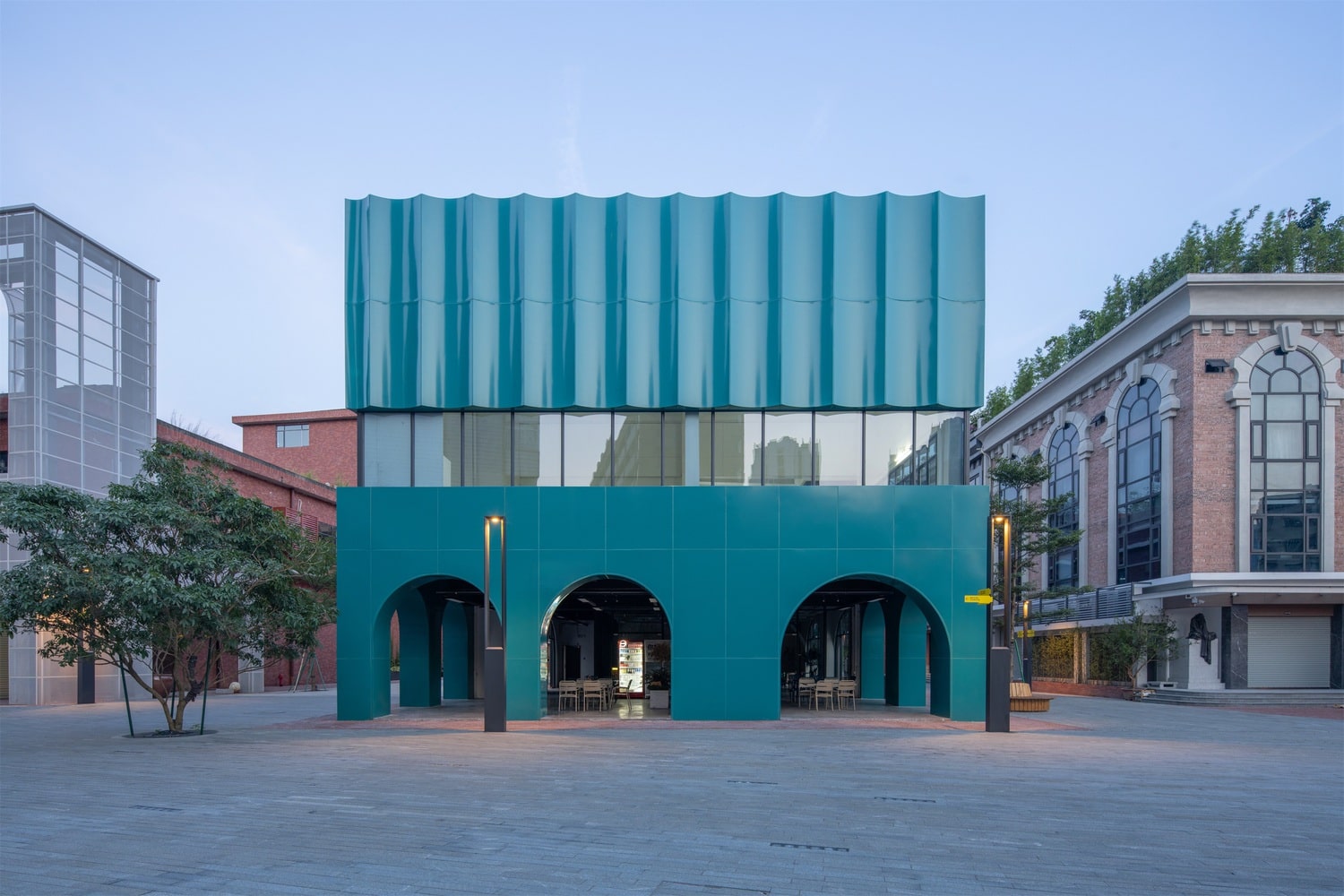
Table of Contents
ToggleRevealing the Beauty of Mountains and Waters
Strategically positioned along Zhongxin Road, opposite the Nanfeng Ancient Kiln Scenic Spot, the project enjoys both cultural significance and accessibility. Its surroundings—comprising the Fengshui Pond and ancestral temples—reinforce Shiwan’s historical roots. Atelier cnS’s design captures this relationship between topography and culture, ensuring that the site remains visually and spiritually connected to its environment.
The architects envisioned the base as a living landscape, blending built forms with natural elements. The interplay between water, mountains, and architecture reinforces the poetic essence of Shiwan’s heritage, inviting visitors to rediscover the area’s intrinsic beauty through a modern lens.

Cultural Inheritance and Architectural Translation
Before the renovation, the area consisted of old ceramic workshops and warehouses—a patchwork of decaying structures, narrow pathways, and blocked courtyards. Despite their worn state, these buildings carried immense historical and cultural value. Atelier cnS approached the project with deep respect for this legacy, seeking to preserve and reinterpret rather than erase.
Inspired by the Dragon Kiln of Nanfeng Ancient Kiln, the new architectural forms echo the kiln’s tiered, mountain-hugging profile and arched geometries. These design gestures evoke the spatial rhythm of traditional ceramic production while transforming it into a contemporary art environment. Light and shadow were used metaphorically to replicate the flickering glow of kiln smoke, immersing visitors in an atmosphere that recalls both craftsmanship and ritual.
Color played an equally symbolic role in the design process. Drawing from Shiwan’s red brick heritage and the blue hues of its ceramic figurines, the project employs a striking red-blue palette—red for warmth and tradition, blue for innovation and modernity—symbolizing the union of past and future.
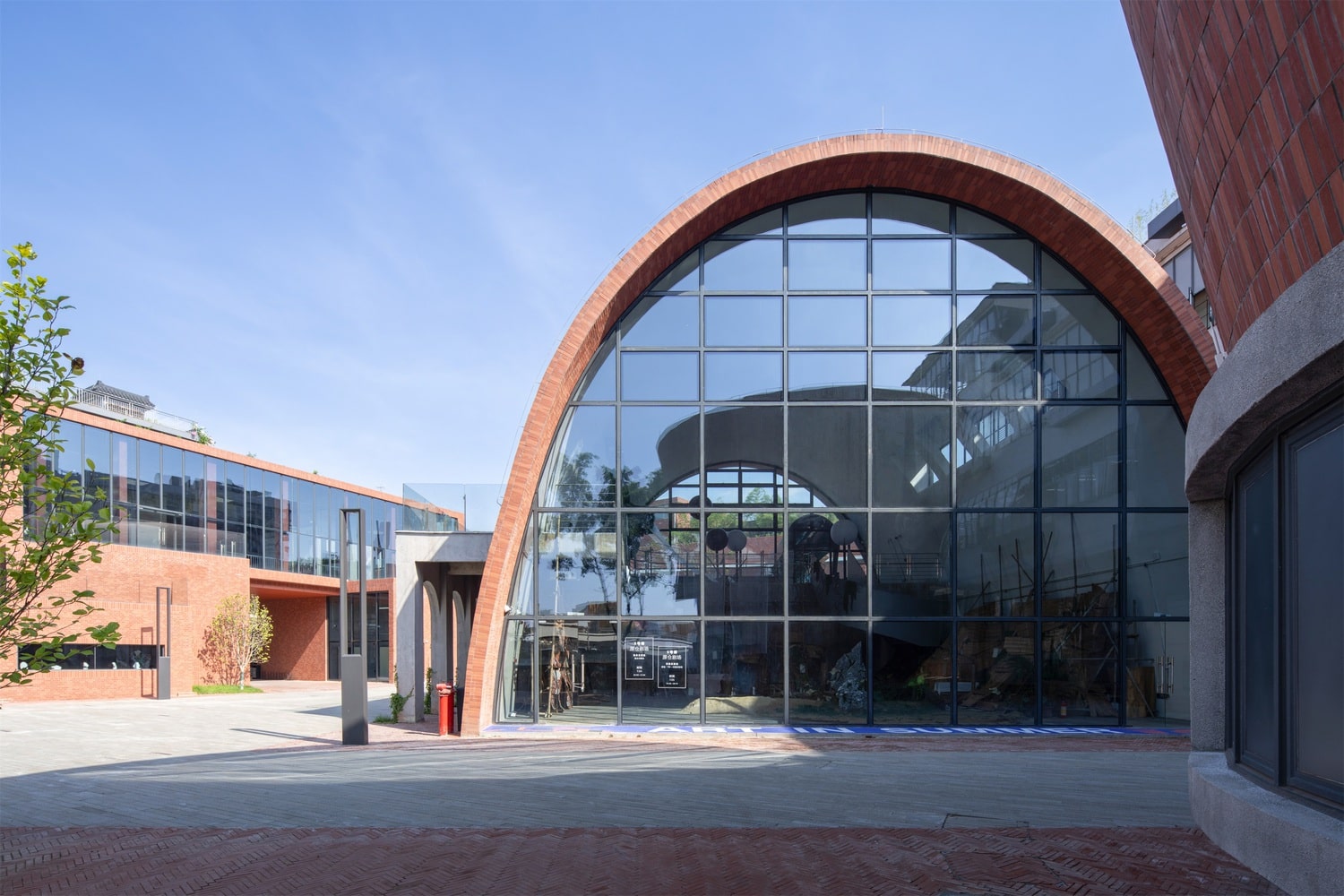
Innovation and Adaptive Reuse
A major aspect of the project was the careful evaluation and adaptive reuse of the existing industrial structures. Buildings with solid frameworks and cultural value were retained and revitalized, while those of lesser significance were removed to create open, breathable public spaces.
Several structures were transformed into studios for renowned ceramic artists, such as the Pan Bolin, Wei Hua, and Wang Rongmao Art Museums. These studios were redesigned collaboratively, with some masters directly participating in the renovation process. The result is a collection of art spaces where architecture and ceramic craftsmanship converge, blending the tactile essence of clay with modern construction techniques.
One of the project’s key architectural interventions was the transformation of Building No. 3. A new glazed corridor was added to its southern façade, forming a vivid blue walkway that connects various functional zones. This pathway not only enhances circulation but also embodies the project’s artistic character—turning movement itself into an act of creative experience.

Creating Spaces for Culture and Community
The project’s open areas were reimagined as public gathering spaces and creative parks. Among these, Taofeng Square has become a defining element of the site—an active cultural plaza surrounded by greenery, hosting regular art festivals, outdoor exhibitions, and performances. The square functions as both a social stage and a cultural hub, strengthening the bond between artists, residents, and visitors.
By seamlessly integrating landscape design, public art, and urban vitality, the architects ensured that the No. 7 Ceramic Art Research Base would remain an evolving ecosystem rather than a static monument.

A Living Framework for Future Innovation
The project forms a key part of a broader cultural tourism network that links the Nanfeng Ancient Kiln and Art Wharf No. 8. Together, they establish a continuous route that celebrates the heritage of ceramic art while fostering creative entrepreneurship and community engagement.
Currently, Phase Two of the development is underway, along with related initiatives such as Hongwei Hill and Starlight Garden. All adhere to the guiding principles of “Revealing Natural Beauty, Inheriting Culture, and Fostering Innovation and Integration.”
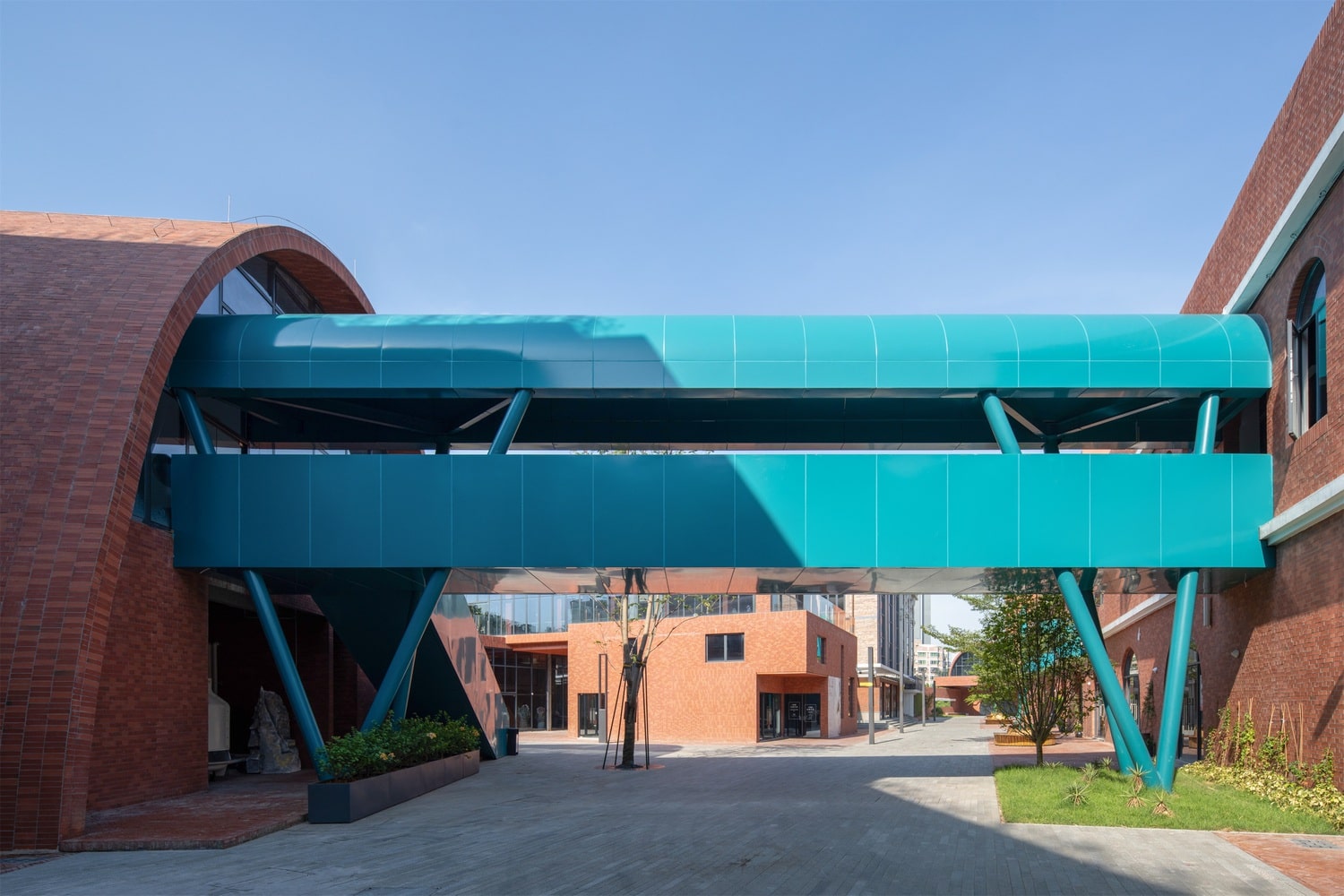
Conclusion
The No. 7 Ceramic Art Research Base by Atelier cnS stands as a testament to the resilience and adaptability of Shiwan’s ceramic culture. Through thoughtful preservation, architectural innovation, and community-centered design, the project transforms a neglected industrial site into a vibrant center for art, culture, and creativity. It celebrates not only the craftsmanship of the past but also the boundless potential of future generations, establishing Shiwan once again as a global beacon of ceramic artistry and innovation.
Photography: Siming Wu


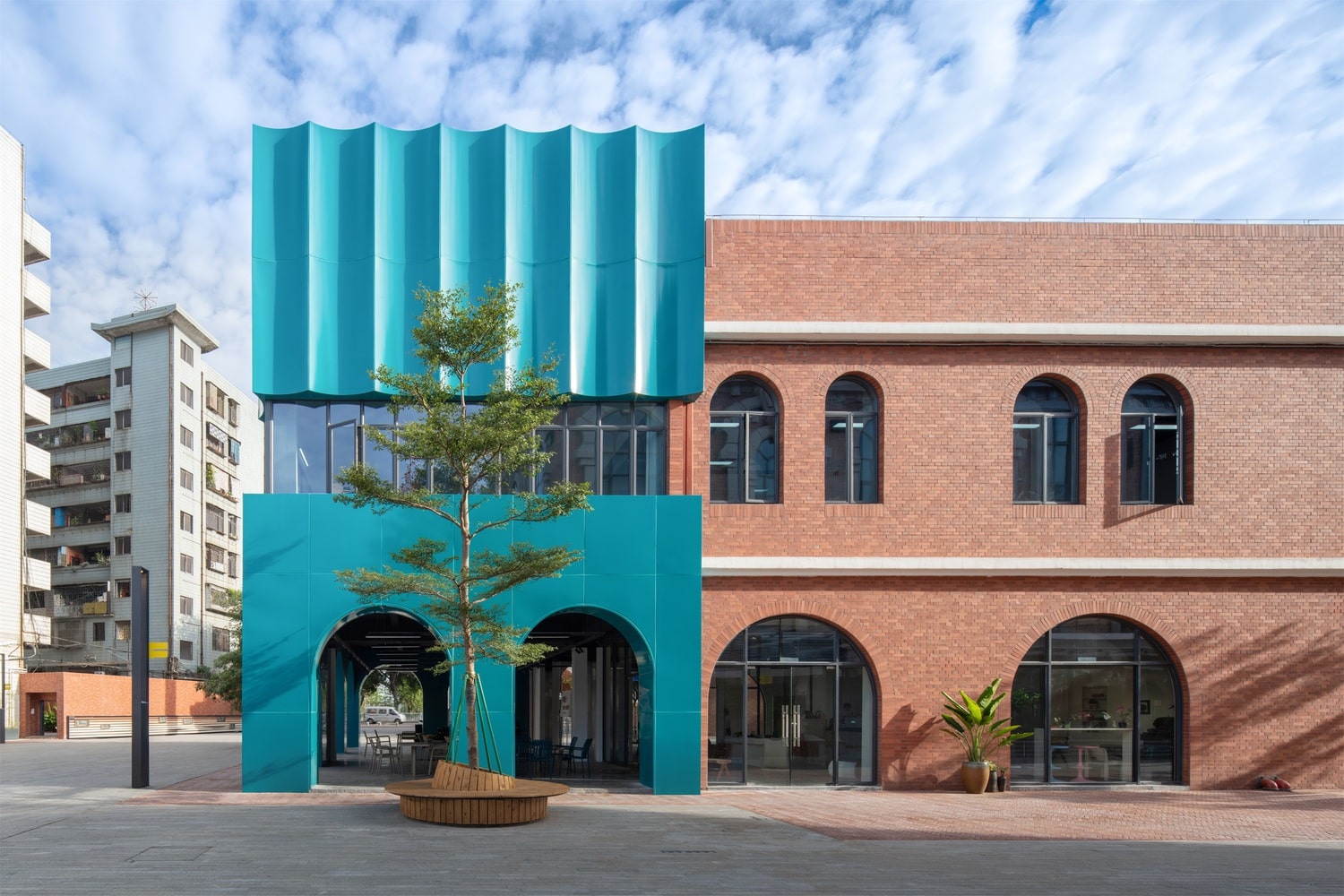
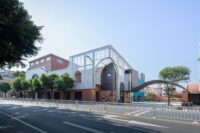





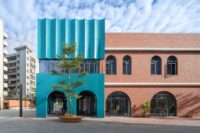

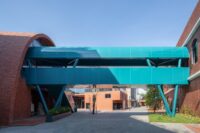
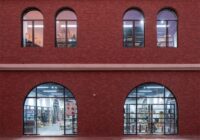







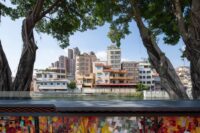

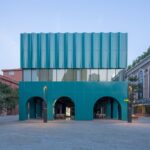



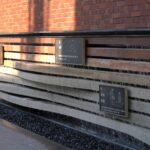


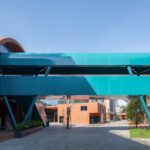


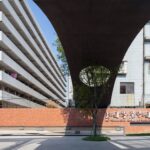





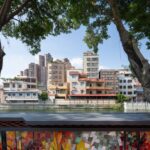
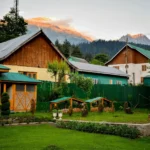







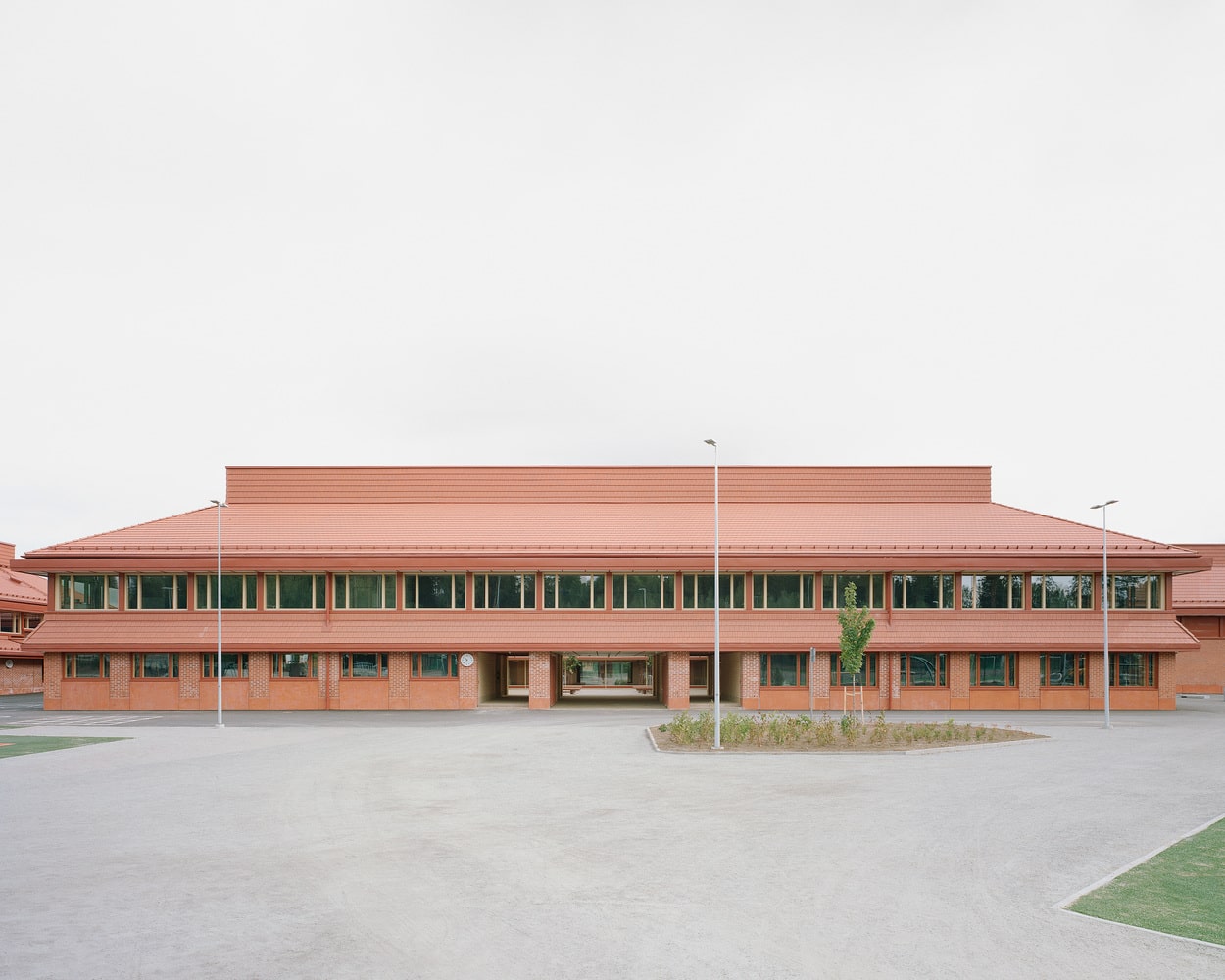

Leave a comment